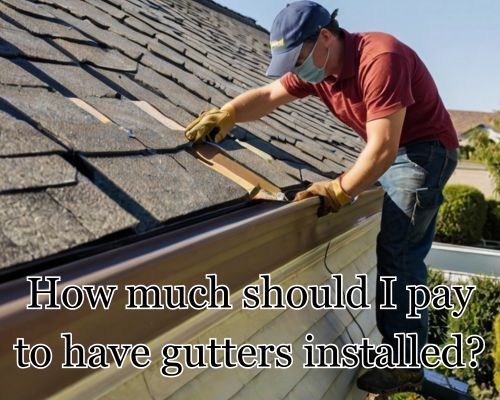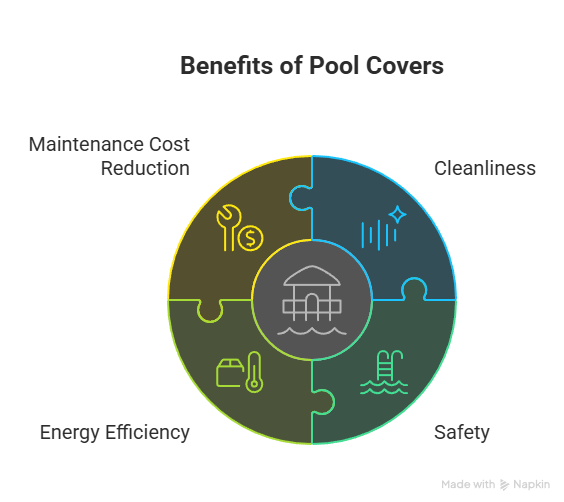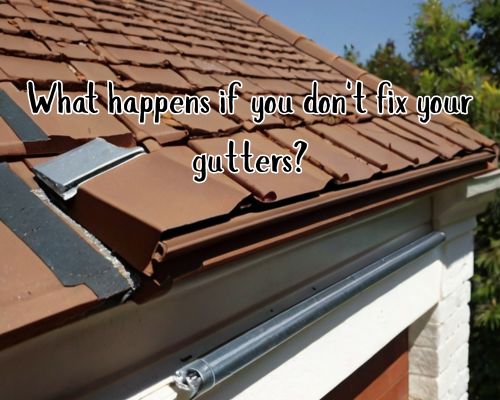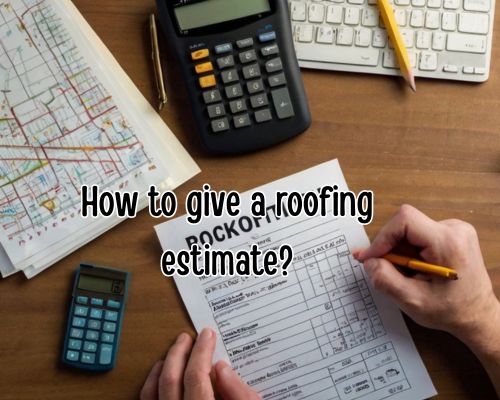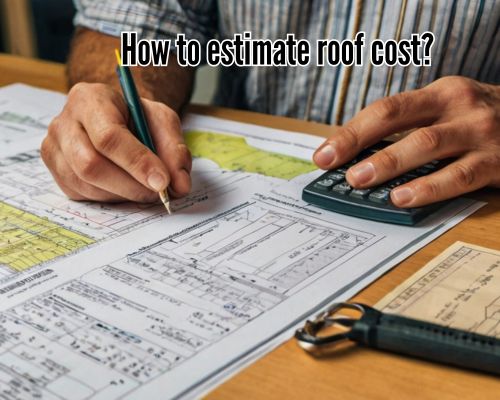
Can I Fix a Leaky Pipe Myself? A Warragul Homeowner’s Guide to DIY Plumbing RepairsCan I Fix a Leaky Pipe Myself? A Warragul Homeowner’s Guide to DIY Plumbing Repairs
When faced with a plumbing emergency in Warragul, many homeowners ask the crucial question: “Can I fix a leaky pipe myself?” The short answer? Yes — but with a few important caveats. DIY plumbing can save money and give you a sense of accomplishment, but understanding when to take action and when to call a licensed plumber in Warragul, Victoria, is key to avoiding bigger, costlier issues down the line.

This article breaks down the practical steps for fixing a leaky pipe yourself, highlights the tools you’ll need, explores the risks, and shares insights specific to local plumbing standards in Warragul and regional Victoria.
🔍 Understanding the Scope of the Leak
Before you rush to the hardware store, the first step is identifying the type of leak. Not all pipe leaks are created equal. Some are minor — like a dripping compression joint — while others may stem from corroded copper pipes, cracked PVC plumbing, or burst galvanised steel lines.
In Warragul, many older homes still feature copper piping, though newer builds in Drouin and Neerim South suburbs may use PEX or PVC. Each material requires different tools and techniques.
Ask yourself:
- Is the leak visible or behind a wall?
- Is it near a joint, or from a crack in the pipe?
- Is it a slow drip or a constant flow?
Leaks under sinks or near outdoor taps (bibcocks) are more accessible and safer for DIY repair than those inside walls or beneath concrete slabs.
🧰 What You’ll Need to Fix a Leaky Pipe
For minor leaks, especially around fittings or joints, your repair kit might only require:
- Adjustable wrench
- Plumber’s tape (Teflon tape)
- Pipe joint compound
- Replacement washers or O-rings
- Epoxy putty or silicone tape (for temporary fixes)
For more involved repairs, such as replacing a section of PVC or PEX pipe, you’ll also need:
- Pipe cutter or hacksaw
- Deburring tool
- Solvent cement and primer (for PVC)
- PEX crimp tool and fittings (for PEX systems)
You can find these supplies at Warragul Mitre 10 or Baw Baw Plumbing Supplies. Be sure to shut off the main water valve — often located at the front boundary — before beginning any repair.
🧠 Step-by-Step: Fixing a Leaky Pipe
Here’s a simplified overview of how to fix a common compression fitting leak under the sink, a typical issue in Warragul homes:
- Turn off the water supply.
Use the isolation valve under the sink or shut off the mains if necessary. - Drain the pipe.
Open the tap and let water run out completely. - Inspect the joint.
Unscrew the compression nut and check the washer. If it’s cracked or worn, replace it. - Apply plumber’s tape.
Wrap the male thread with Teflon tape to ensure a tighter seal. - Reassemble and test.
Tighten the fitting with a wrench, then slowly turn the water back on. Observe for drips.
These simple steps can resolve leaks without needing to dismantle walls or hire professionals.
🛑 When DIY Isn’t the Best Option
While you can fix some leaks yourself, there are limits to DIY plumbing — especially in Victoria, where plumbing work is strictly regulated. According to the Victorian Building Authority (VBA), certain plumbing jobs require a licensed local plumbers, particularly if they affect water supply, sanitation, or stormwater systems.
🚫 Avoid DIY if:
- The leak is in a wall, floor or ceiling.
- It’s part of a gas line (immediate hazard).
- The pipe is severely corroded or cracked.
- You’re unsure about the materials or connections.
In these cases, call a local professional such as Warragul Plumbing Services or Paul O’Brien Plumbing. Not only will this keep your home safe, but it ensures you’re compliant with Australian plumbing codes.
📍 Local Considerations in Warragul
Warragul’s climate, with its mix of cold winters and heavy rainfall, often stresses pipework — especially older installations that weren’t designed with modern insulation in mind. This is especially true in homes near Brooker Park or Sutton Street, where stormwater runoff and tree root intrusions can contribute to pipe wear.
Local building standards may also vary, particularly in subdivisions like Waterford Rise or Brandy Creek Views. If your home is part of a body corporate or new estate, check whether DIY modifications are allowed under your strata or property covenants.
Moreover, Warragul’s Baw Baw Shire Council may require permits for certain types of plumbing alterations, especially those involving drainage or water efficiency upgrades.
💰 DIY vs. Professional: Cost Comparison
Here’s a rough breakdown comparing DIY and professional repair costs for minor leaks:
| Task | DIY Cost (AUD) | Professional Cost (AUD) |
|---|---|---|
| Replace washer | $5–$15 | $100–$150 |
| Replace pipe section (PVC) | $25–$60 | $200–$350 |
| Joint repair with epoxy | $10–$20 | $120–$180 |
| Leak detection (thermal/sonic) | N/A | $250–$500 |
These figures are estimates based on rates in Warragul, Drouin, and Yarragon as of 2025.
While DIY is clearly more affordable upfront, hidden water damage from incorrect repairs can cause significant long-term costs.
💡 Pro Tips for DIY Plumbing in Warragul
- Document everything. Take photos of the repair area before and after — useful if you sell your home or make a warranty claim.
- Label valves and pipes. Clearly marked shut-offs make future repairs easier.
- Inspect annually. Check under sinks and behind appliances every 6–12 months for early signs of leaks.
- Consider insulation. Warragul winters can cause freezing in exposed pipes; pipe sleeves or insulation tape can help prevent cracks.
✅ Final Verdict: Should You Fix a Leaky Pipe Yourself?
So, can you fix a leaky pipe yourself? Yes — if it’s minor, accessible, and doesn’t involve complex systems. DIY plumbing is absolutely possible in Warragul homes, especially for simple tasks like tightening fittings or replacing washers.
But don’t bite off more than you can wrench. For anything involving structural plumbing or if you’re unsure of the pipe material, call a licensed local plumbers. It’s safer, smarter, and ensures compliance with Victorian plumbing laws.
📞 Local Plumbing Resources in Warragul
- Victorian Building Authority (VBA)
Visit vba.vic.gov.au to check license requirements.
🔚 Final Thought
DIY plumbing can be a win — or a watery mess. If you’re in Warragul and wondering “Can I fix a leaky pipe myself?”, the answer depends on your confidence, the complexity, and whether you have the right tools. For anything beyond a simple drip, consult a licensed Warragul plumber — because peace of mind is always worth the call.
